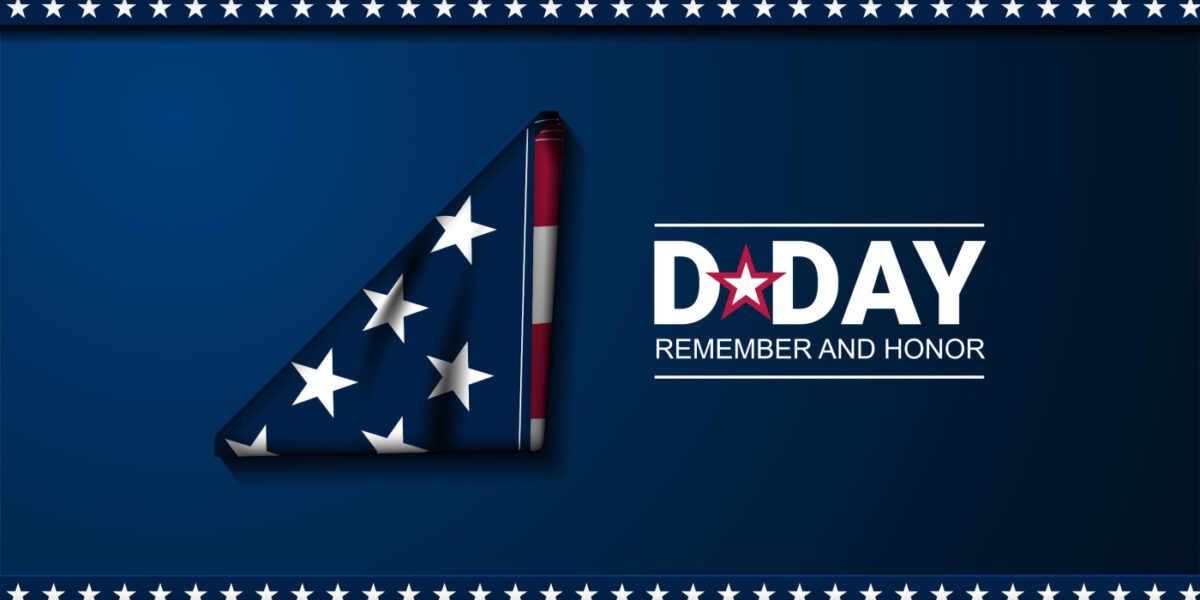There is no doubt that RFID is an impressive technology. It is amazing to see what it can offer for data collection speed and accuracy, especially compared to the all-too-common pen & clipboard approach.
RFID is powerful – and can be a huge benefit to your organization – if done right. It’s not just about applying tags and buying readers.
“With great power comes great responsibility.” ~ Voltaire (& Peter Parker’s Uncle in Spiderman)
As someone who has worked in automating data collection for more years than I care to admit, I’ve learned that the upfront work will make or break the success of your solution.
So before you jump in – here are some Dos & Don’ts I recommend when it comes to RFID:
Do – Start with the Why
Take the time to really get to the bottom of why you want RFID. This is the time to channel your inner three-year-old and keep asking yourself WHY until you get to the true need. It could go something like this:
Q: Why do we need RFID?
A: Because we can collect data faster with fewer mistakes
Q: Why do we need it faster/more accurate?
A: Because we use the data for the XYZ reports
Q: Why is it important for the XYZ reports?
A: Because we base our procurement/operations/fill-in-the-blank decisions on the XYZ report, & it will cost us $___ if those decisions are wrong.
You get the idea. Taking the time to truly understand the WHY will provide you with a guidepost for the decisions you need to make as you plan your RFID solution.
Don’t – Assume RFID will work everywhere on everything for every goal
RFID is a powerful technology – but it too has its limits. I’ve often heard people say that they want RFID because they can just walk into a warehouse, flip a switch, and BAM – they have all of their data. That’s just not the case. Well, it’s not unless you’re willing to go to some significant expense and combine an enormous amount of planning, readers, tags, and ongoing precision asset placement.
Once you get your WHY defined, it shouldn’t be hard to back that out to what needs to be tracked with RFID, where it needs to be tracked, and when. Those factors will help narrow down what types of RFID tags and equipment you will need.
Do – Review your options
Once you know the what/where/when you can start making decisions regarding what type of tags (active or passive) to apply and what kind of readers (fixed portals or mobile devices) to use. You’ll also want to determine how you’ll manage the collected data (Hint: mobilePLUS is excellent in this capacity).
Don’t – Assume all or nothing, now or never
A decision to use RFID doesn’t mean that you have to go all-in out the gate. RFID can be strategically phased into your organization. Phasing offers an option to start slow with specific items or processes. A phased approach can be made at an affordable investment – especially when you consider using mobile devices.
You can even start just with the tags. Replacing standard tags with barcoded RFID labels will enable your team to leverage traditional automated data collection. When ready, you can bring in readers and literally flip a switch in mobilePLUS, and you’re ready to begin using RFID.
Do – Get more information
There’s a lot to know when it comes to RFID – both in the technology and within your organization. The most successful solutions (of any type) start by first understanding your needs and general requirements, your environment, your items to be tracked, and the processes involved.
Once you have that information in hand, weighing the different options available in tags and readers is much easier. And you don’t need to make this a DIY effort either. There are experts available to assist you at every stage of the process.
RFID is a powerful technology that, when strategically applied, can make a world of difference in your data results. No one approach will work for everyone. Make sure that your RFID solution approach is optimized – for you.
We can help you to navigate the process. Contact us, and we can help get you started.



